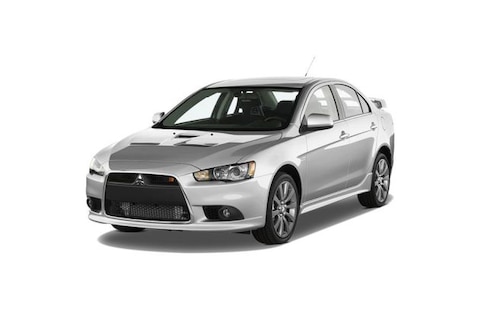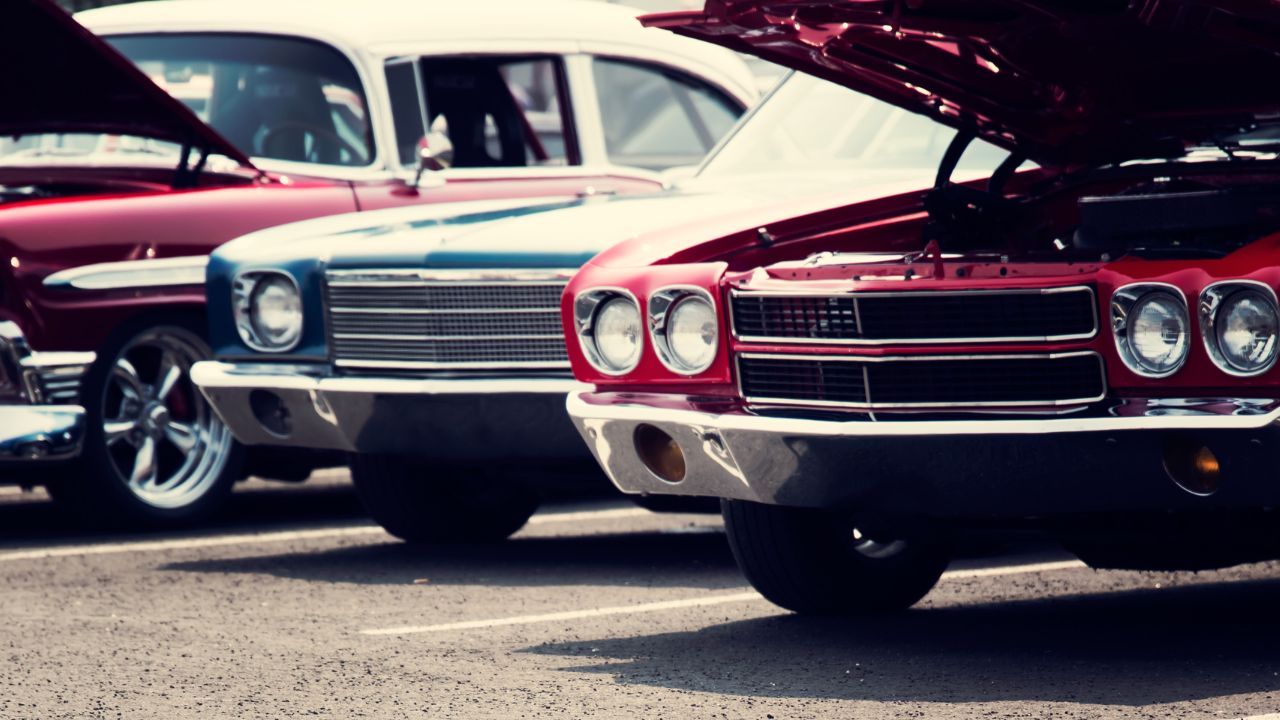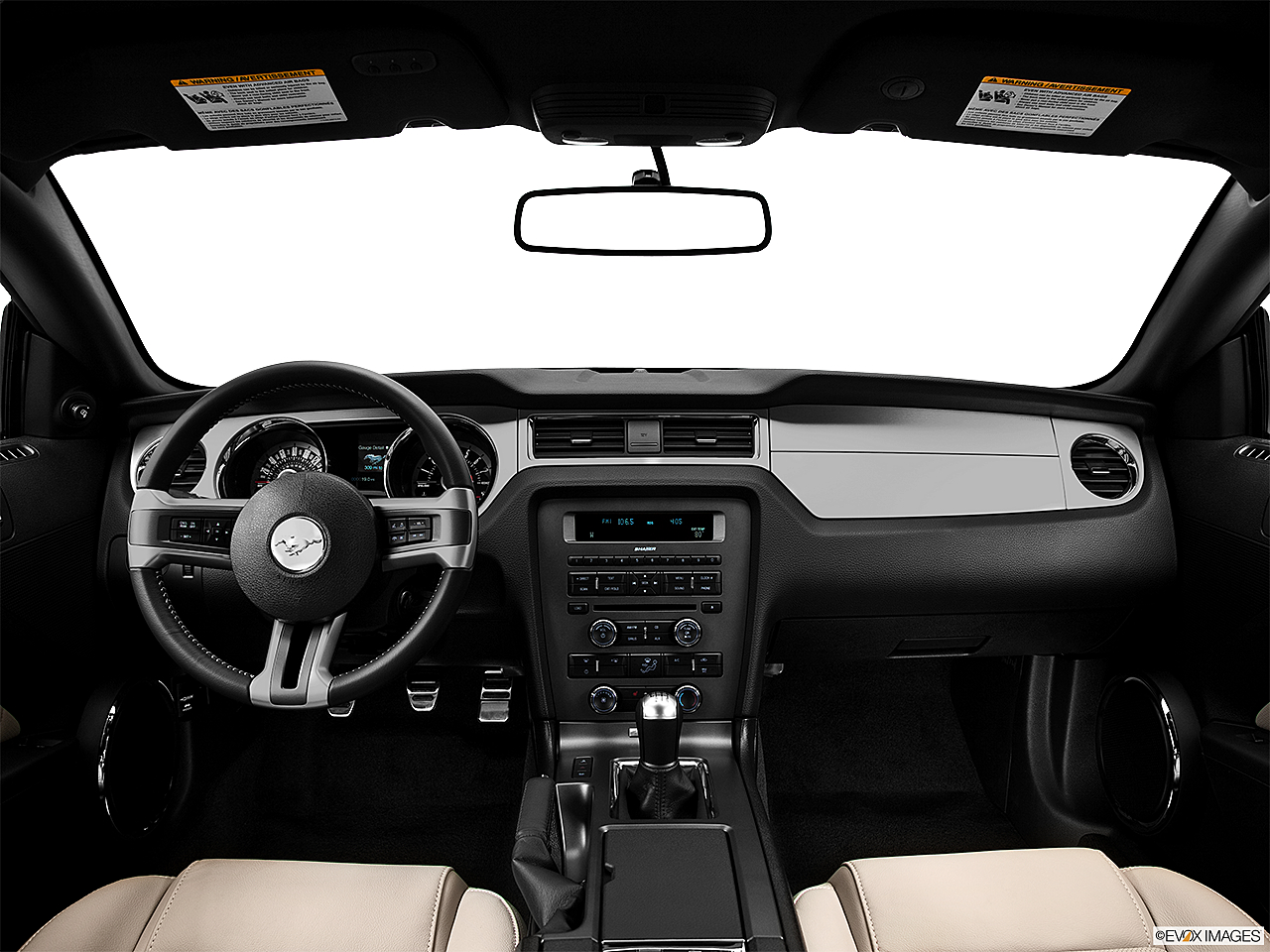
A grand national is a race that is designed to showcase some of America's greatest muscle cars. Two of these cars are the Chevrolet Impala SS 409 and Chevelle SS 454. Each vehicle is powered by a 6.2-liter V8 engine that produces 415 horsepower. Comfortable sport seats are included as well as the SS Logo. The SS logo, which is a distinct part of every car's design and one of the most famous symbols of Grand National, is found inside.
Chevrolet Impala SS 409
Chevrolet Impala SS, the first car with a small block V8 engine, was released in 1996. This engine was the very first to be featured in a Chevrolet sedan with front-wheel drive since 1996 Caprice. This engine produced 303 horsepower. It was also equipped with Active Fuel Management. The SS is a luxury sports car, with an athletic design that allows drivers to use a wide range driving features. It was also available in coupe and convertible versions.

Grand National muscle car
The Buick Grand National is one of the most iconic American muscle cars. Its turbocharged, 3.8-liter V-6 was a match for Corvettes. The automatic transmission made it an ideal muscle car. Although the Buick GNX may not have been a true muscle car it was still an iconic Buick model. Even more expensive, it is still hard to find one after thirty years.
Chevrolet Chevelle SS 454
The 1972 Chevrolet Chevelle SS featured a unique instrument cluster. The standard cluster featured a speedometer and large fuel gauge inside a blanked-out aperture. The special instrument panel had a tachometer, a clock, and included a speedometer. The fuel gauge was relocated from the center of the instrument panel to a smaller group of gauges at the edges. Stereo stripes and Quad headlights are also available.
1970 Chevy Chevelle SS
The 1970 Chevy Chevelle SSS interior is reminiscent the 1960s muscle car with its bench seat design and central console. Despite its similarities, the 1970 Chevelle SS is unique, with its large, circular gauges and lower valance. Its chrome bumpers are optional and add flair and character. This car truly embodies classic muscle car styling. These are just a few of the key features that make the 1970 Chevy Chevelle Special Edition SS so special.
1969 Dodge Charger
In 1968, the Dodge Charger was a legendary muscle car, but it was time to take it mainstream. Richard Sias was the famous Dodge designer who created an hourglass-shaped car with wide shoulders. The 1969 Dodge Charger is a twodoor hardtop with an overall wheelbase of 117 in and a length that measures 208 in. It sold 96.100 units. The package also included a track/road performance package.

1969 1/2 Dodge Super Bee A-12
This is one the most well-known muscle cars ever made. The 1969 1/2 Dodge Super Bee is an amazing example of this style. It was manufactured from 1968 to 1971 and featured three Mopar V8 engine options. This car featured the Magnum engine, the Six-Pack engine of 7.2-liters and the Hemi model of 7.0-liter Hemi. This car is extremely rare and features a supercharged Ramcharger engine with front-wheel drive.
FAQ
How can I prepare to become a mechanic apprentice?
It is important that you understand the ramifications of your actions. You should be familiar with the mechanics of cars, and how they work. This way, you know where to start when you go on your first day at the garage.
You should also know how to fix common problems such as tires or broken lights.
This will teach you how to diagnose problems and fix them yourself.
Also, it is important to know how parts fit together so that you can put them back together.
Finally, it is important to know how tools can be used safely and efficiently.
These are all things that will make you a competent mechanic.
How can I fix my car as a hobby?
It's a great hobby to take on if you are passionate about cars. You can repair them, buy their parts, sell them, or just have fun with them. It's a fun hobby that you can do if it interests you.
It's difficult to make this a fulltime job. This requires dedication and hard work. Also, you will need to put a lot of money into it.
If you don't have any good reasons to be involved in cars, it may be better to just let it go.
Is it worth learning to be a mechanic?
The answer to that question depends on what your life purpose is. If you're looking for money, then it's true. But, if there are meaning and purpose in your life, then it's not.
You don't need to be a mechanic if you don't know how. It won't make you wealthy. It won't make your name famous. You won't be famous.
It would take you years to learn how to do everything correctly. This would mean that you would have to pay someone else for your car's repair. That's why most people don't bother doing it at all. They find something better to do instead.
You can make a lot of money if you are looking to do well. You can't live a meaningful existence if your goal is to make a living in the mechanic's business.
Statistics
- According to the BLS, total auto technician employment is expected to exceed 705,000 by 2030. (uti.edu)
- 52% of Mechanics in the United States think their salaries are enough for the cost of living in their area. (indeed.com)
- There were 749,900 jobs available for automotive service technicians and mechanics in 2016, which is expected to grow by six percent through 2026. (jobhero.com)
External Links
How To
How to properly diagnose your vehicle for repair
The symptoms of your vehicle are the first thing you need to look at in order to determine whether it is in dire need of repairs. Next, you can follow these steps in order to diagnose your car.
-
Check engine lights. Check the dashboard light indicators such as the engine light indicator, the oil pressure gauge, the battery light indicator, the coolant temperature gauge, and the RPM gauge. It could indicate that your vehicle is having problems.
-
Take a look at the treads. Tires that are worn can cause issues with handling and braking. Also, inspect the treads of your wheels. They should be clean and smooth. You can do this by taking off the wheels. Use a flashlight to see how well the treads are worn.
-
Monitor the level and consistency of your brake fluid. Keep track of the brake fluid level in your vehicle. You can ensure that your brakes are working properly by monitoring the level of brake fluid in your vehicle. Low brake fluid levels can cause brake failure when you apply pressure.
-
Test the suspension system. The suspension system in vehicles absorbs vibrations and shocks. It gives you better control and allows for smoother accelerations and decelerations. You might notice a wobbly feeling or uncontrollable shaking in your vehicle if it has a problem with its suspension. To test whether your vehicle has a suspension issue, try putting weight on the front or rear axle and observe the movement.
-
Examine your steering column. Steering columns connect the steering wheels to other parts of the vehicle. Steering columns can be damaged by accidents. It is recommended to replace any steering column that feels loose, or shakey.
-
Pay attention to the exhaust pipe. Exhaust pipes move gases from combustion chamber to atmosphere. Exhaust pipes that are cracked or leaking can allow harmful fumes to enter your cabin. Also, if your tailpipe is bent, you should fix it immediately.
-
Look under the hood. If you see anything unusual, take a look under the hood. You could have fluids leaking from the engine. If you smell something strange coming from your engine compartment you should call a professional technician.
-
It is important to inspect the air filter. The air filter in your vehicle collects dirt and dust from the environment. Vehicles that have a dirty air filter will not run well. Replace your air filter regularly.
-
Make sure you check the fan belt. The fan belt is the link between the engine and the transmission. The engine will not turn if the fan belt breaks. The process of replacing the belt is straightforward. You only need a screwdriver or pliers to replace your belt.
-
Check the radiator hose and hoses. The radiator hose carries water from the radiator to the engine. It can cause hot liquid to leak onto the engine if it is damaged or cracked. Repairing the hose is easy with a pair of needlenose pliers or a small wire brush.
-
Check the windshield wipers. Windshield wipers use electricity for snow and rain removal. If they stop working, streaks could be left on your glass. Simply change the washer oil to fix the problem.
-
Make sure you check the cables. The batteries provide power to the electrical systems within your car. Before you change batteries, disconnect the positive cable. Failure to do so can damage your alternator.
-
Be sure to check your headlights. Headlights help you see the road ahead. They can make it difficult to see if they stop working. You can check the bulbs to make sure they aren't burned out.
-
Pay attention to the lights. When you approach them at night, the lights warn other drivers. You may be distracted by the light and end up in an accident.
-
Inspect your brakes. Before you get in a car accident, your brakes will be slowing down your vehicle. You could lose control of the car and cause a crash if they don't work properly.
-
Change the oil. Your engine will stay lubricated by the oil. It prevents metal parts from rusting too quickly. It is recommended that you change your oil at least once per month.